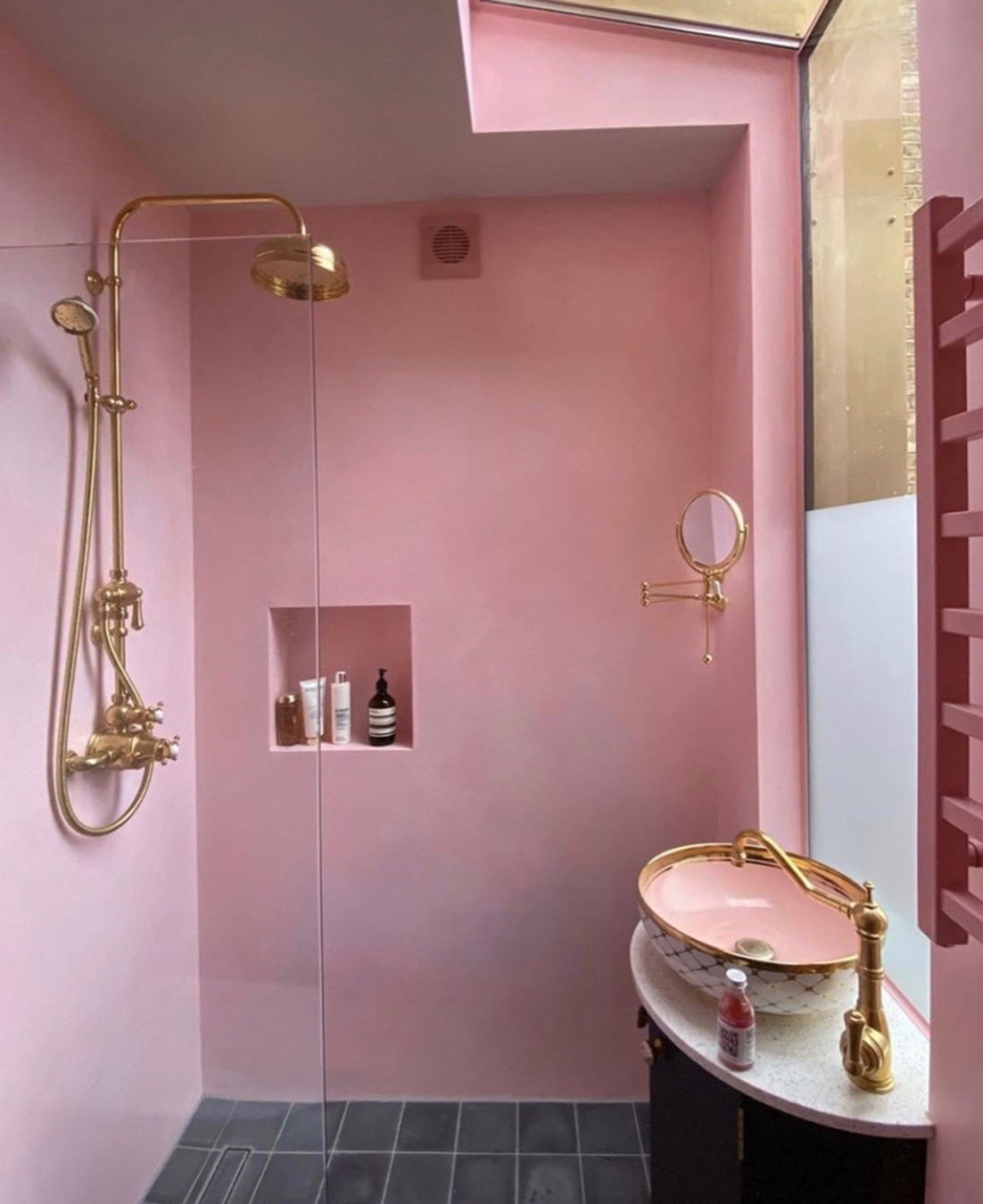
25 Apr Why you should consider using Marmorino polished plaster in your new bathroom
Homeowners are always looking for ways to give the spaces they use the most a little something special. The bathroom is one such space – a space that should be a treat to bathe in and relax in with lit candles and a glass of wine.
There are plenty of ways to make a bathroom a nice place to spend time (think underfloor heating, whirlpool baths and chandeliers). However, when it comes to decorating a bathroom, homeowners tend to fall into the trap of using paint or wallpaper on their walls to create a colour scheme and provide ambience.
While paints and wallpapers function perfectly fine, they lack character and can cheapen expensive tiles and a luxury tub.
If you want to create a luxury bathroom, a finer solution is Marmorino polished plaster, which can be applied to walls to give them the appearance of solid stone. The application, unlike with tiles, is seamless, grout-free, and elegant.
The beauty of Marmorino
Marmorino was used by the Romans to create beautiful interior spaces. All Marmorino plasters have marble dust – or an alternative stone dust, such as granite or limestone – in their mix. As it dries, it transforms into solid stone.
This process sees the wet plaster mix react with carbon dioxide in the air, transforming it into solid stone. You can then polish the plastered surface to a high gloss, giving your walls the appearance of solid stone like marble or limestone.
The beauty of Marmorino plaster is it resembles solid stone and enables you to create decorative stone walls without the need for giant slabs (which, by the way, would cost tens of thousands of pounds if you could order them at all).
Using Marmorino plaster in bathrooms
There are several types of Marmorino. The most common are Marmorino Veneziano (this is the traditional wall stucco), Marmorino Venezia Travertino, Marmorino Venezia and Marmorino Naturale. In wet areas, you want Marmorino Venezia Travertino, Marmorino Venezia or Marmorino Naturale. These have a different composition that is better suited to wet areas because they are naturally non-porous.
Marmorino polished plaster is also mould resistant and easy to keep clean. The polished surface has no pits or fissures for mould to grow in. Unlike stone tiles, there’s no grout or seams. The walls are one block of solid stone.
We can also use metallic flecks to give each wall a metallic interest. Gold leaf is a brilliant material as is silver leaf. Glitter can also be used to give walls sparkle (interior designers use this technique when designing glamorous bathrooms).
Marmorino plaster will last forever if it is correctly applied. Wet areas are no problem so long as the correct type of Marmorino is used. We recommend Marmorino Venezia Travertino, Marmorino Venezia and Marmorino Naturale.
Interested in Marmorino plaster for your project?
Chrysalis can help you achieve the perfect finish for your next project. We are experts in specialist plaster application. Contact us today for a chat.




No Comments